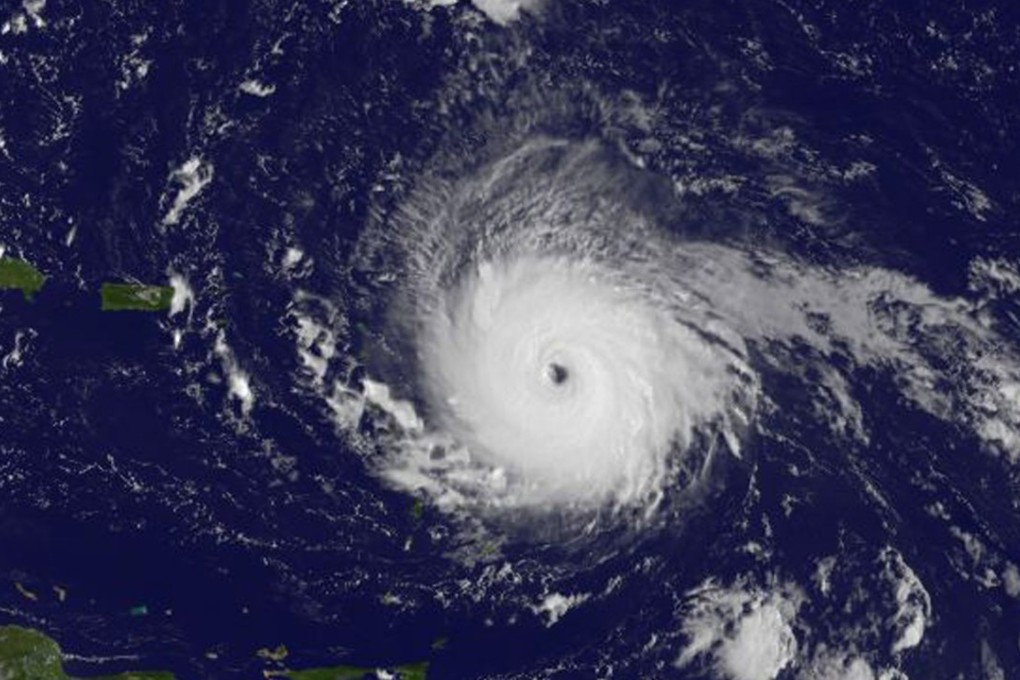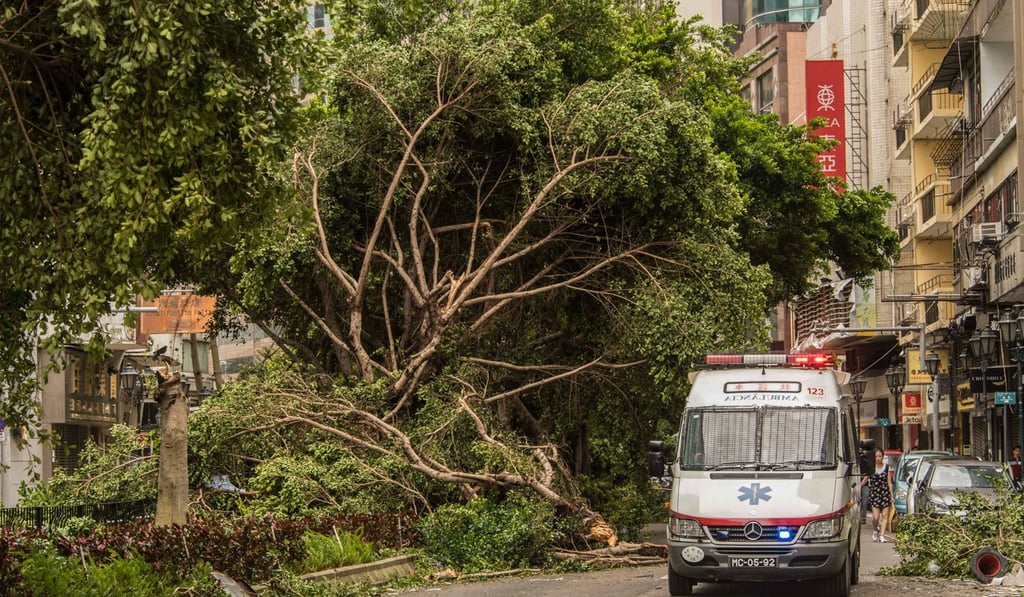Advertisement
Asia’s poorer nations will pay the highest price for Trump’s climate U-turn
Dan Steinbock says climate risks are intensifying for emerging economies in Asia, as they become collateral damage in Donald Trump’s determination to withdraw from the Paris accord
Reading Time:4 minutes
Why you can trust SCMP
0

As I left Manila recently, tropical storm Isang passed the Batanes area in the northern Philippines. When I flew to Guangzhou, the low-pressure area had morphed into a tropical depression and then into Typhoon Hato in the South China Sea. Hato caused widespread damage in Hong Kong, Macau and on mainland China, leaving 26 people dead, many more injured and billions of dollars of damage.
Almost at the same time, Harvey was still classified as a tropical storm. Thanks to warm sea surface temperatures and low wind shear, it strengthened rapidly into a Category 4 hurricane within 24 hours, before hitting the shoreline of Texas on August 26.
After historical rain and flooding, 30,000 displaced people and more than 50 confirmed deaths, recovery is likely to take “many years”. Overall damage is estimated at US$267 billion. That’s more than the effect of the 2011 Tohoku earthquake and tsunami, the 2008 Sichuan earthquake, or the 2005 Hurricane Katrina and 2012 Sandy combined.
Now Irma has strengthened into the strongest hurricane on record in the Caribbean and the Gulf of Mexico, as it threatens Puerto Rico and Florida.

The threat of natural disasters has substantial economic implications. In Texas alone, state and local debt exceeds US$370 billion (25 per cent of state GDP). As Puerto Rico has prepared for the “catastrophic system”, its fiscal crisis is about to play out in court, with some US$125 billion in debt and pension obligations (nearly 130 per cent of GDP, about the same as in Italy).
Advertisement